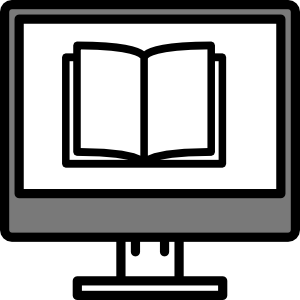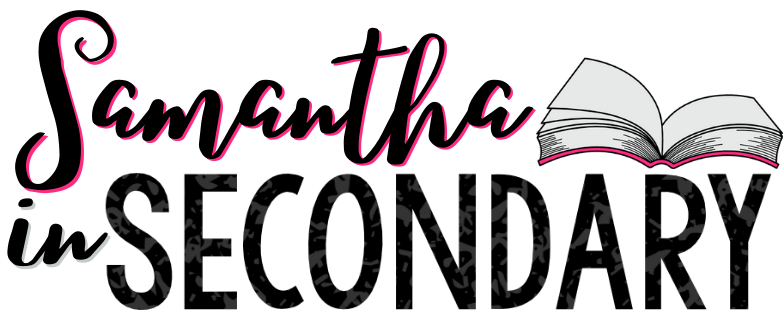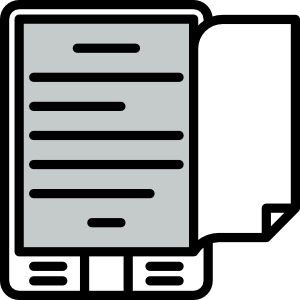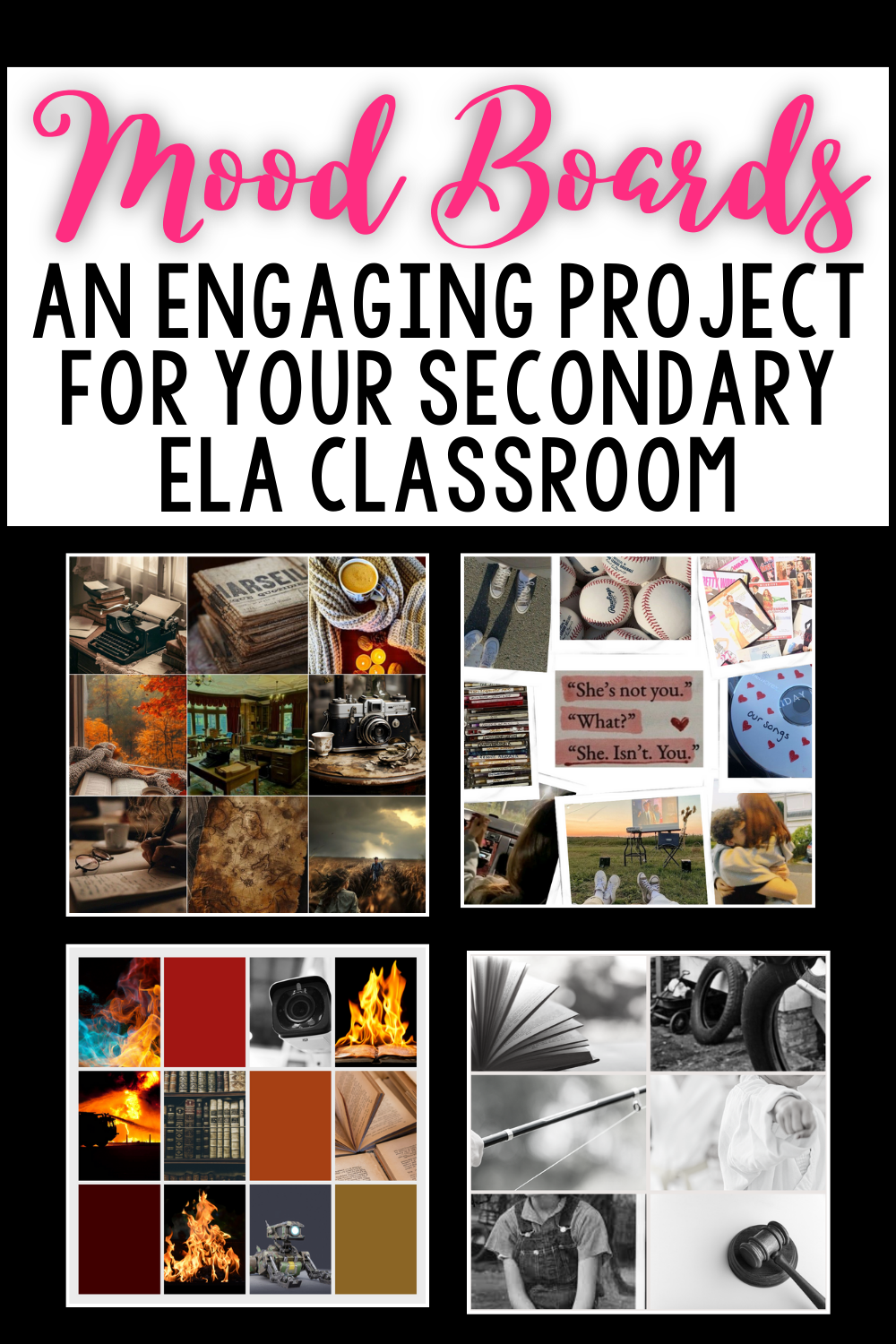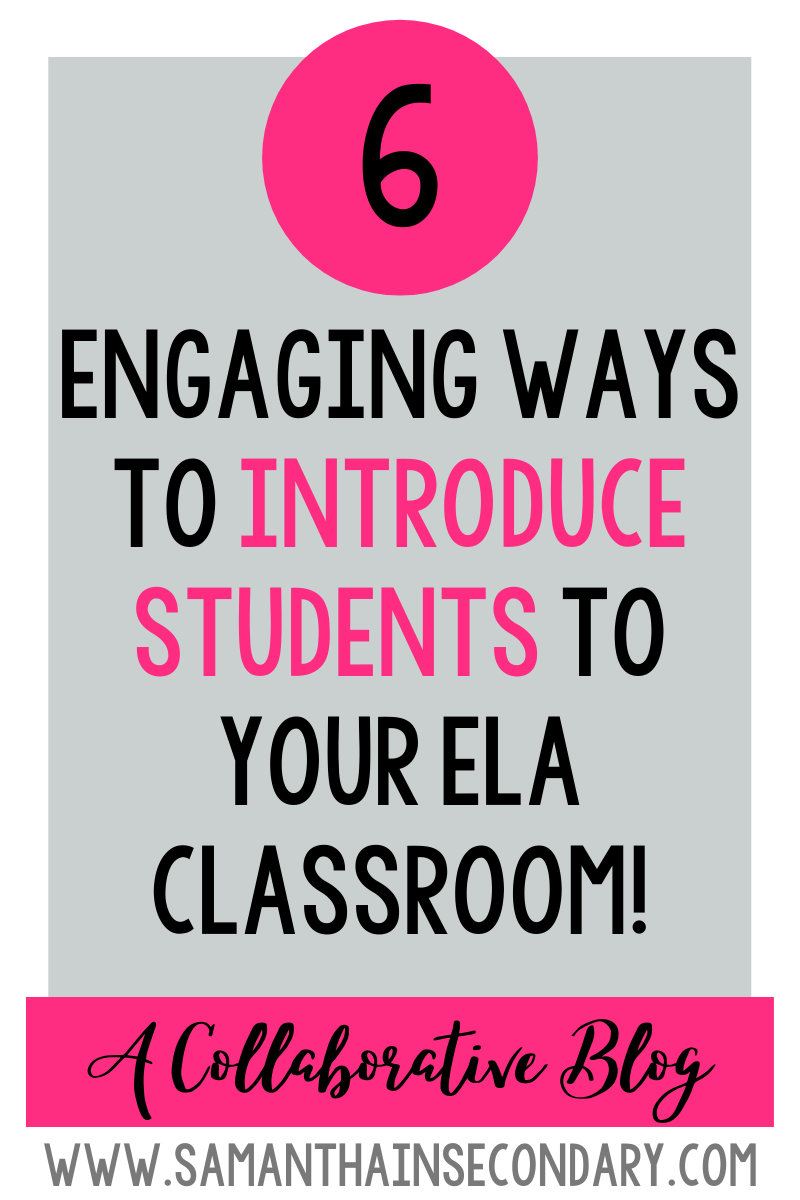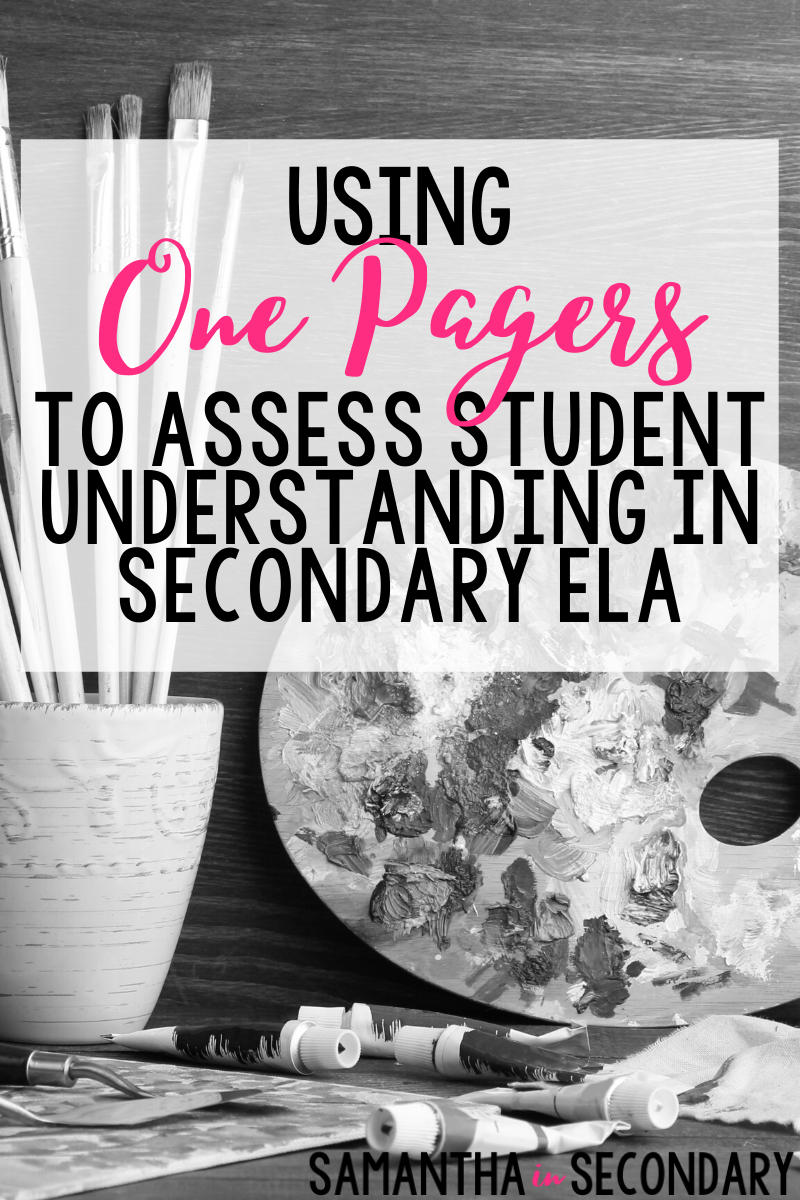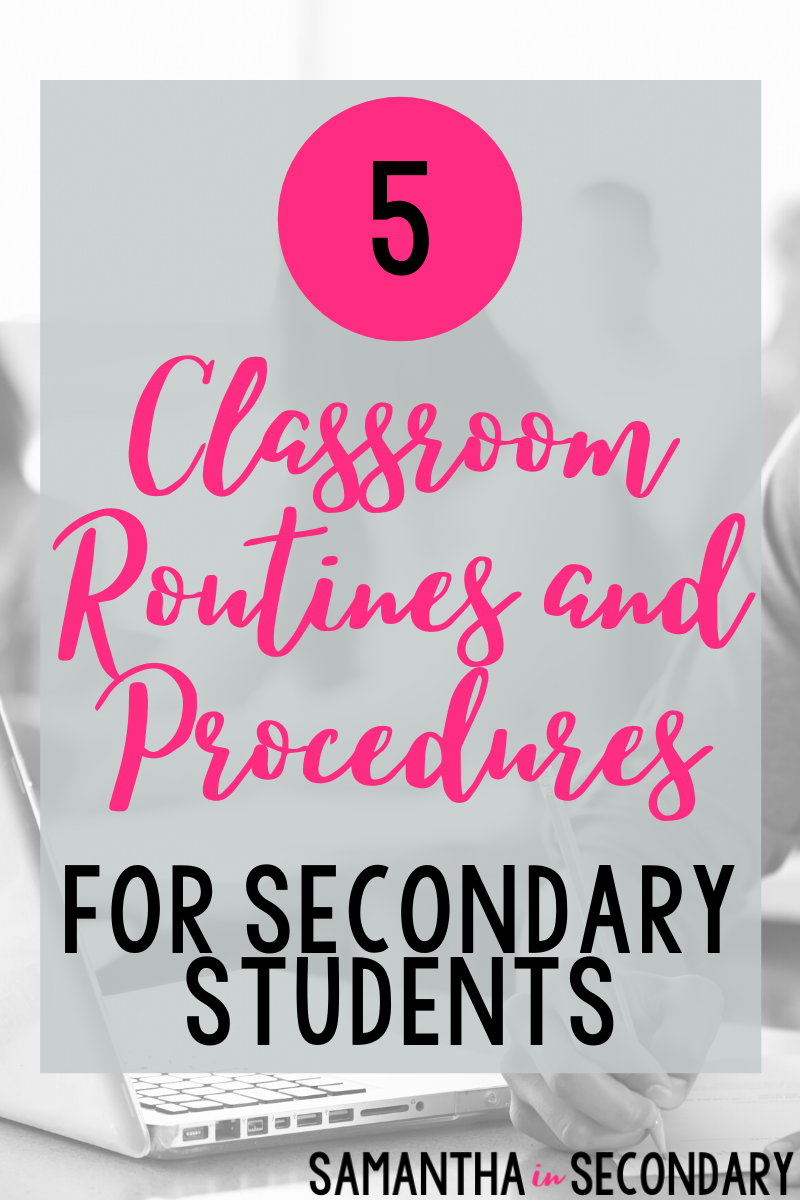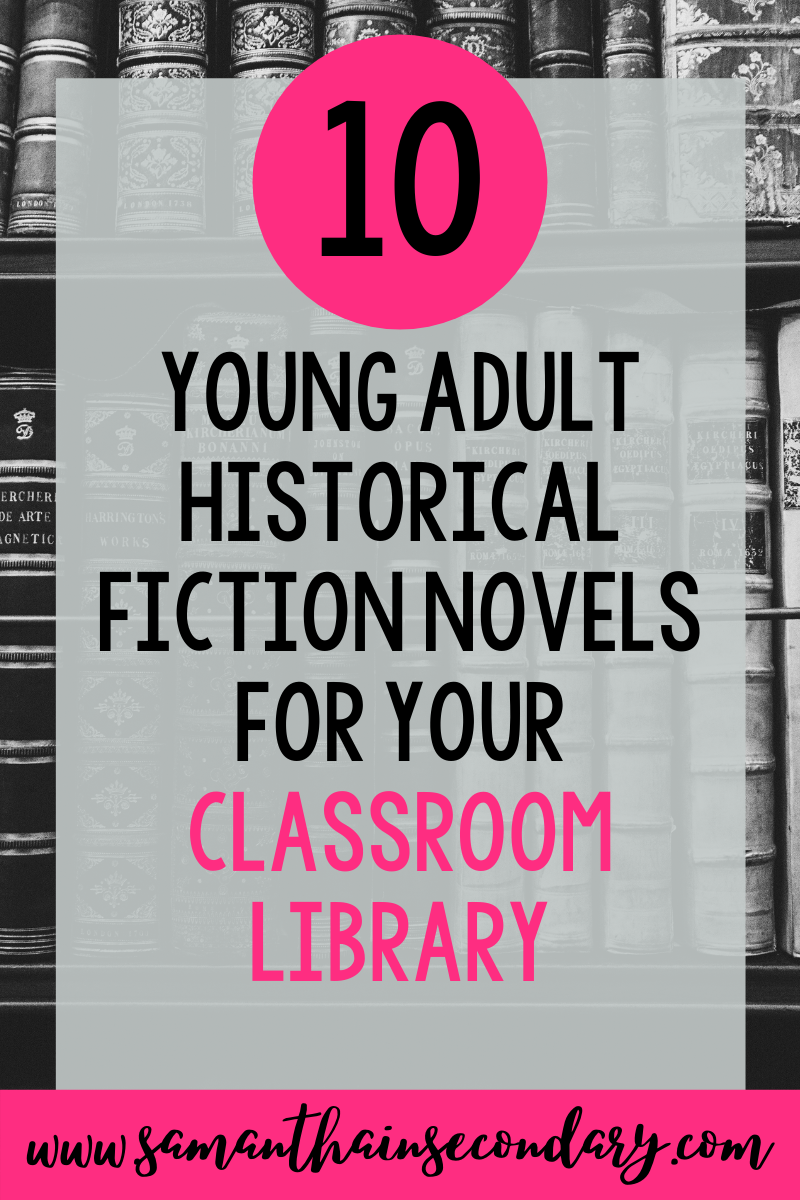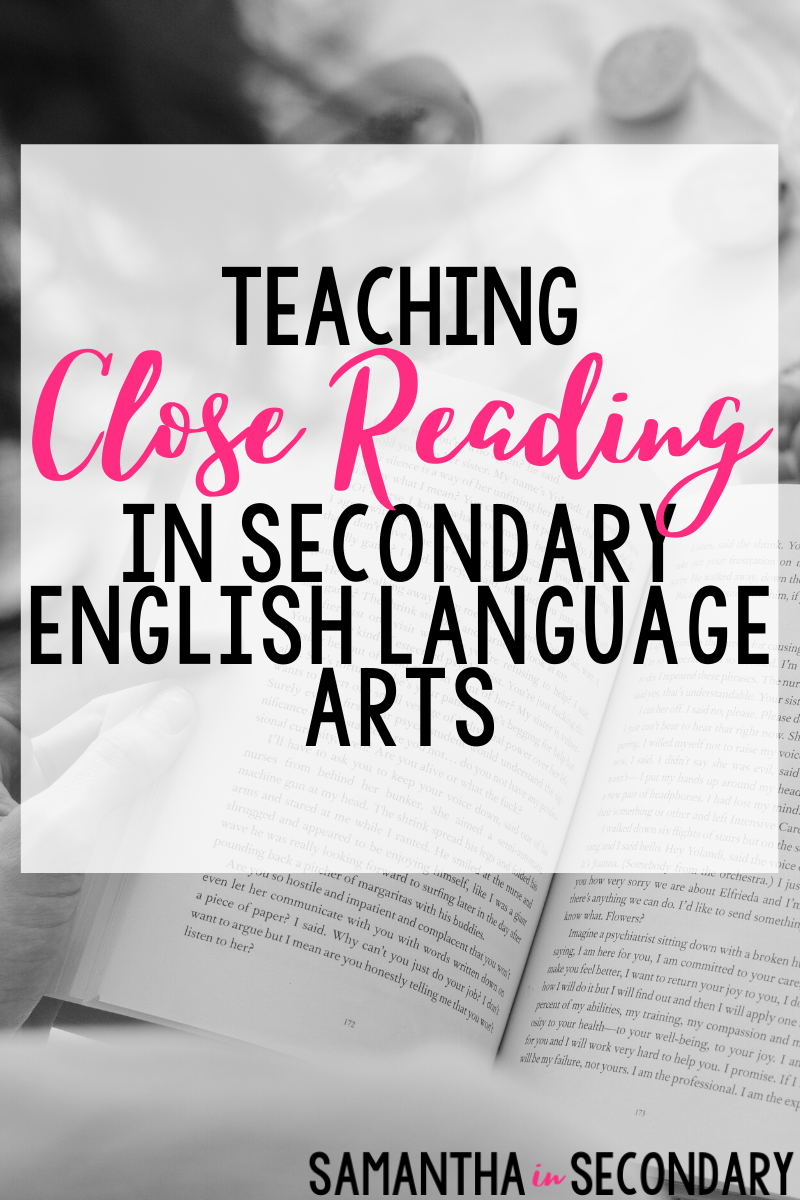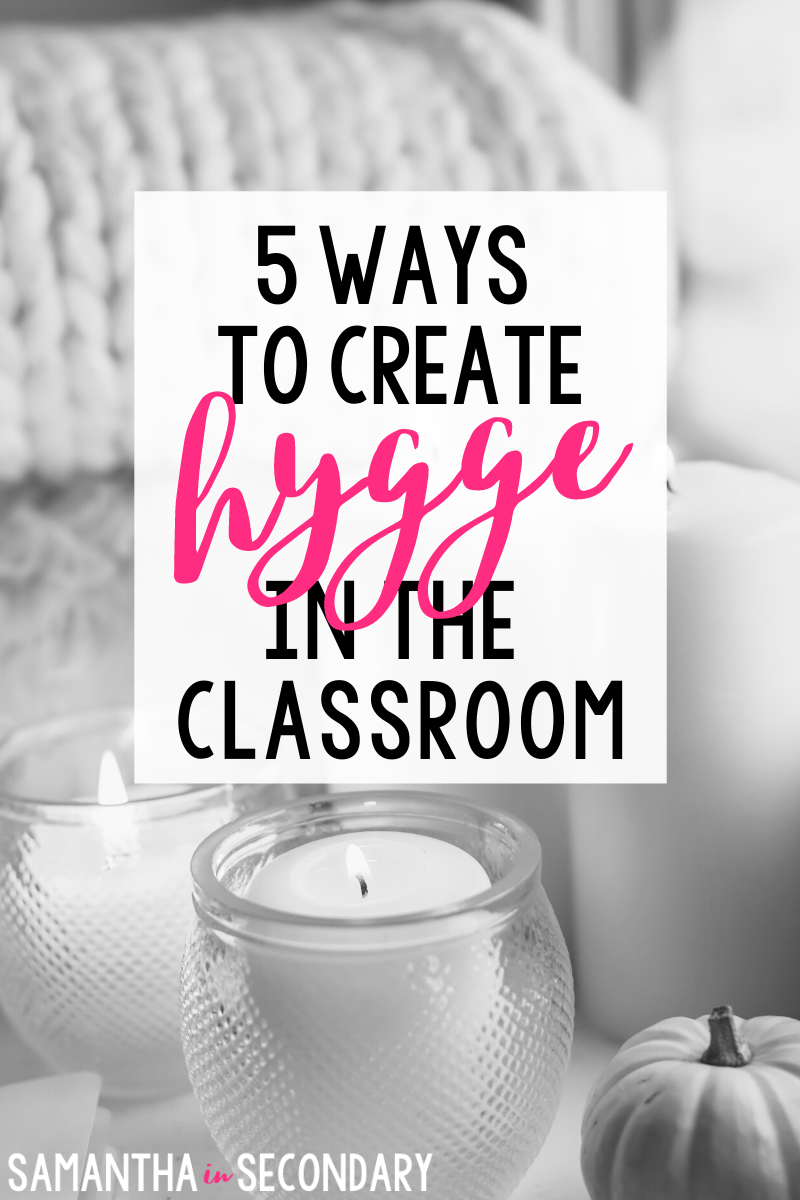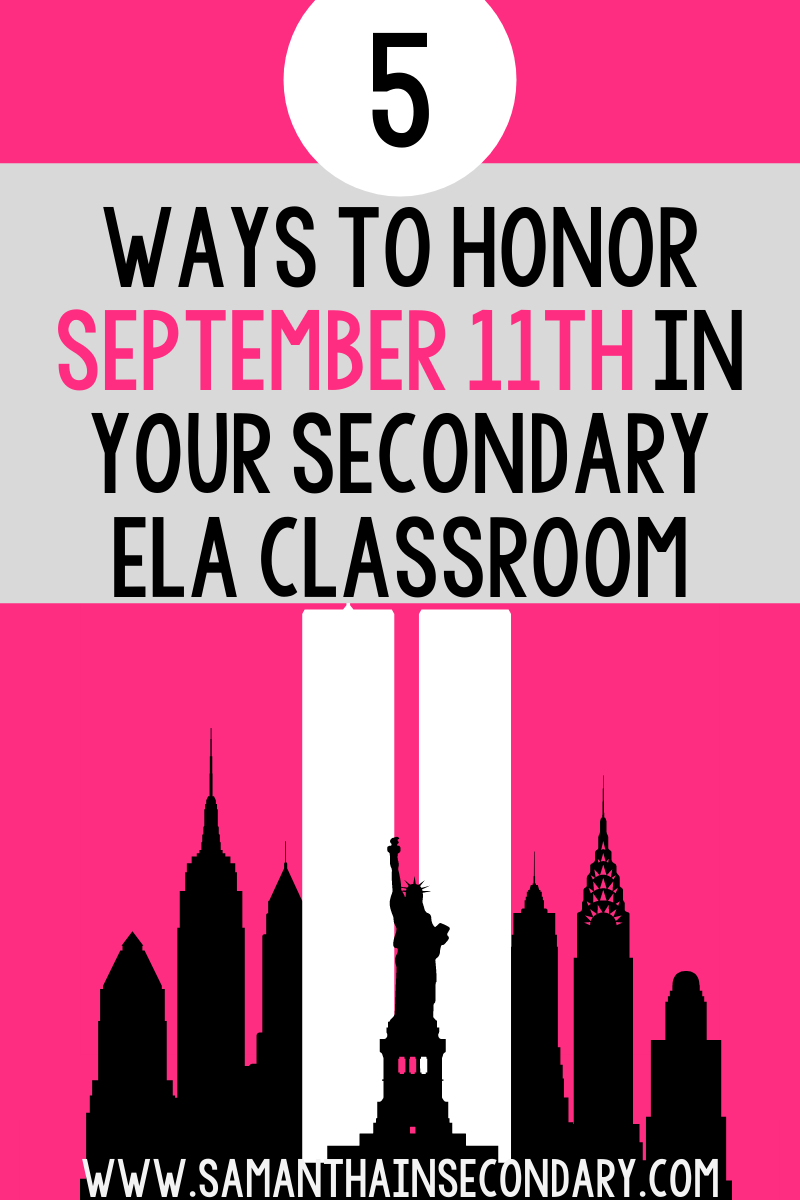
9/11 Activities for Students
September 11, 2001 is an incredibly significant date in American History and many teachers like to stop and honor the day with meaningful 9/11 activities for students. As the date slips further into history, it seems that less and less of our students are familiar with the specifics of the events that took place. (Most weren’t even born!) As ELA teachers, we use text to build character, resilience, and empathy. Using strategic, high-quality activities in your own ELA classroom can be an excellent way to commemorate the tragedy while still promoting literacy and compassion. Here are five ways to honor September 11th in your classroom. #1: Host a Day of Service Many schools are starting to shift towards a “Day


